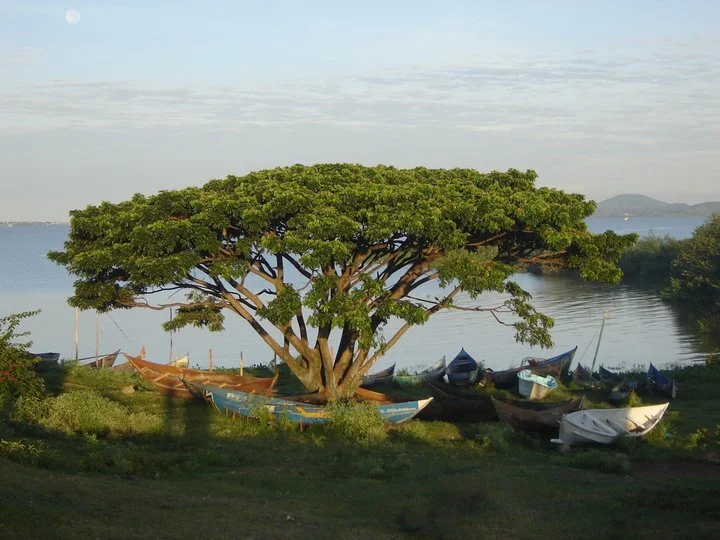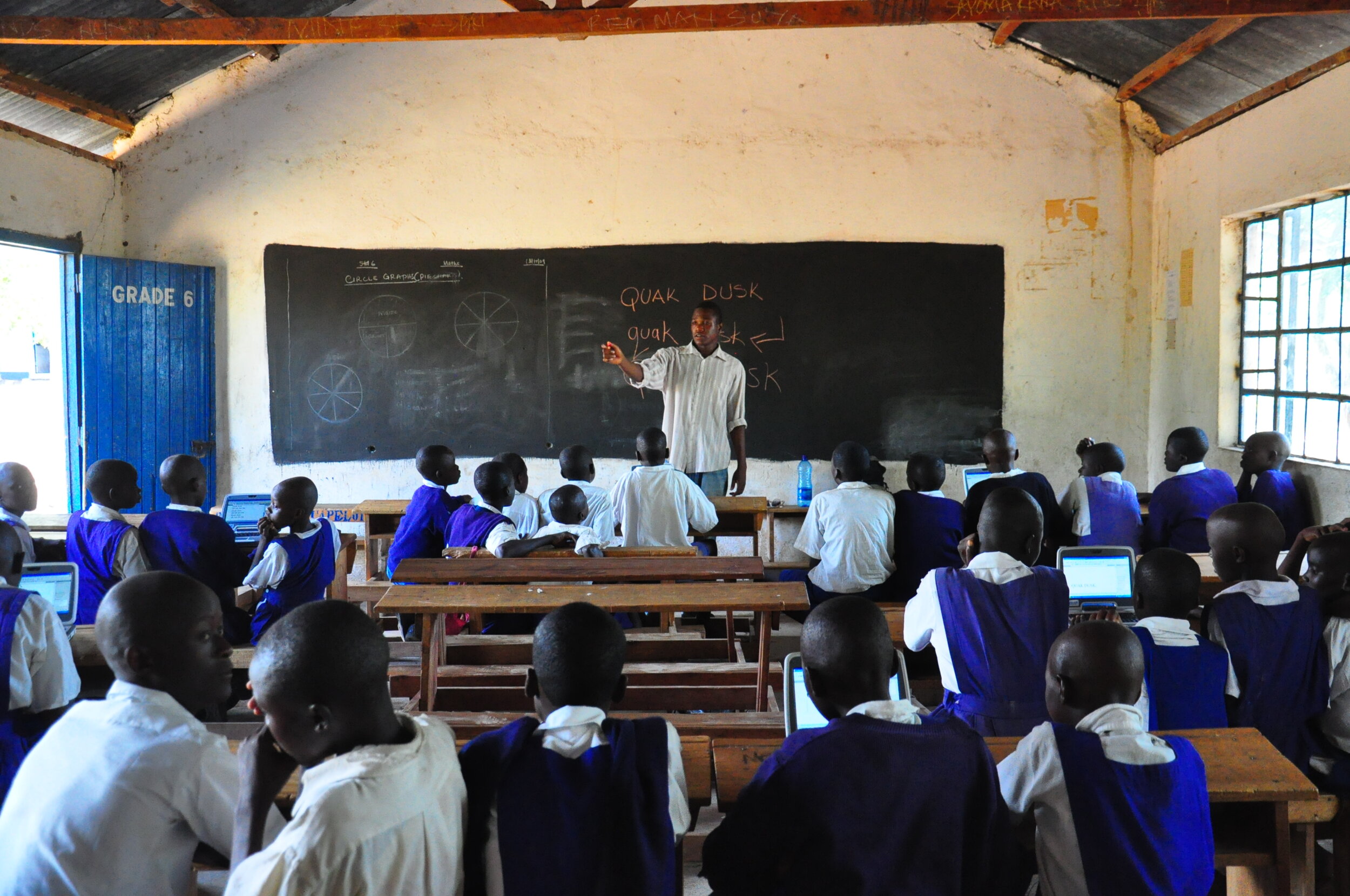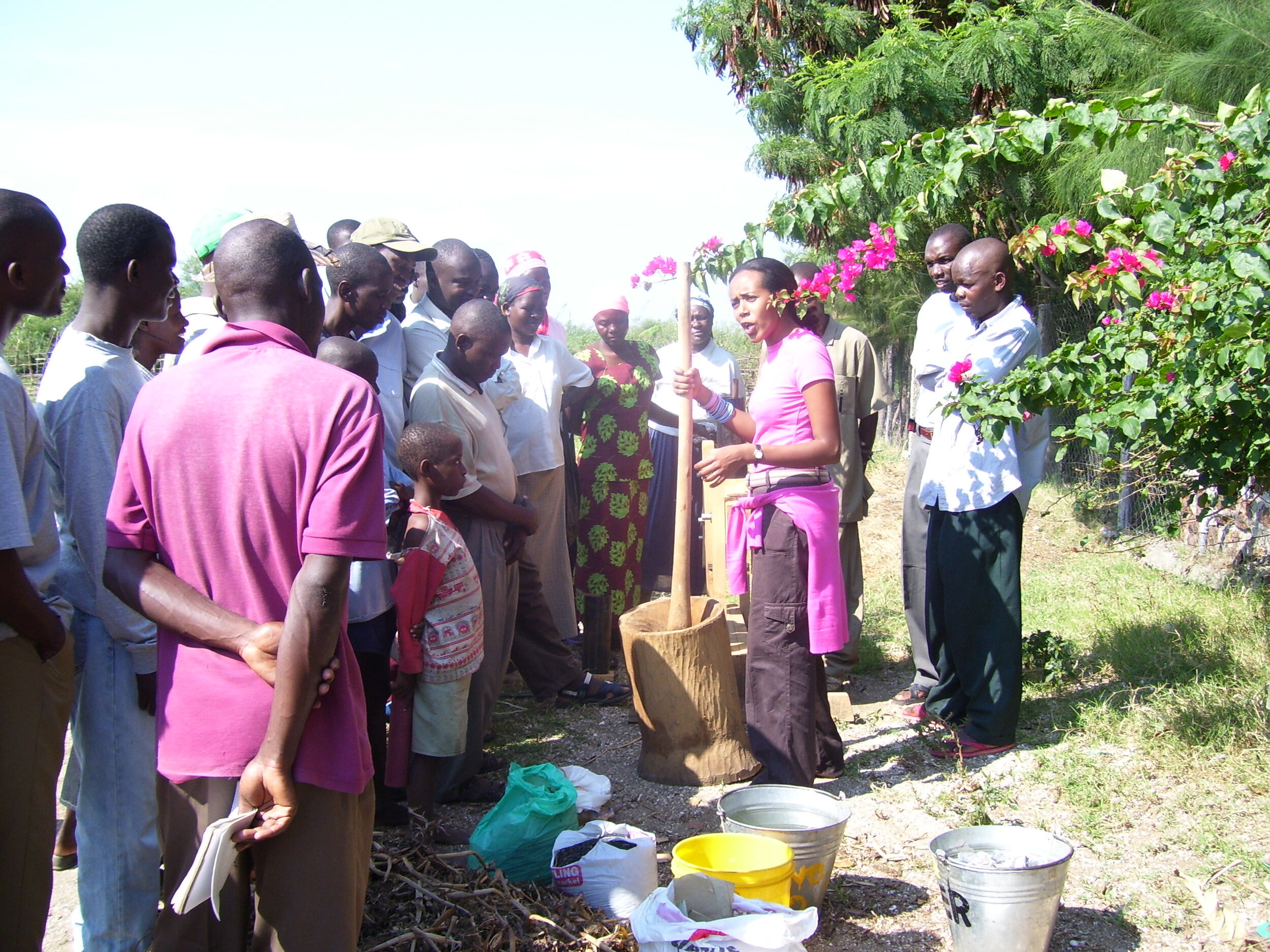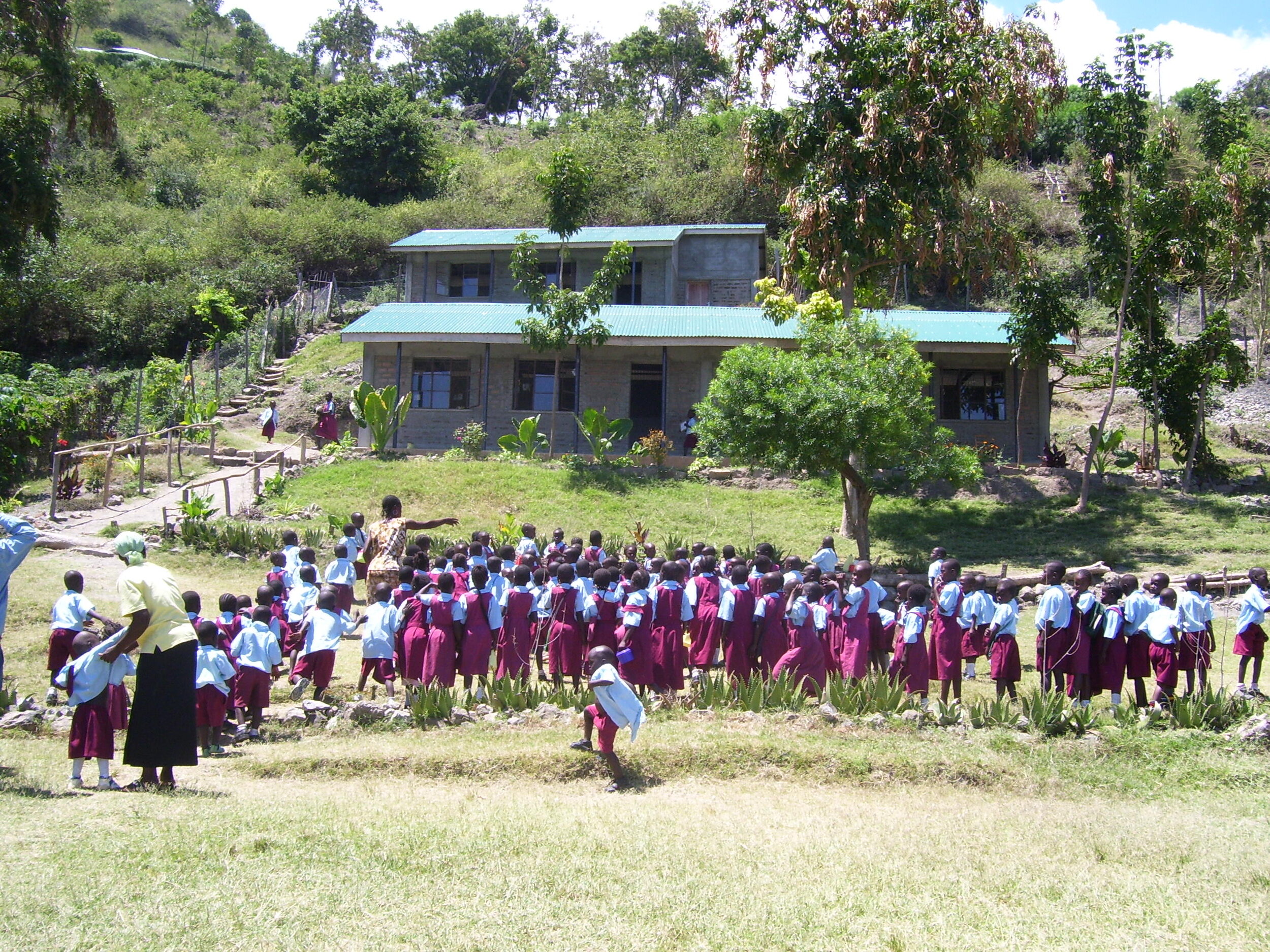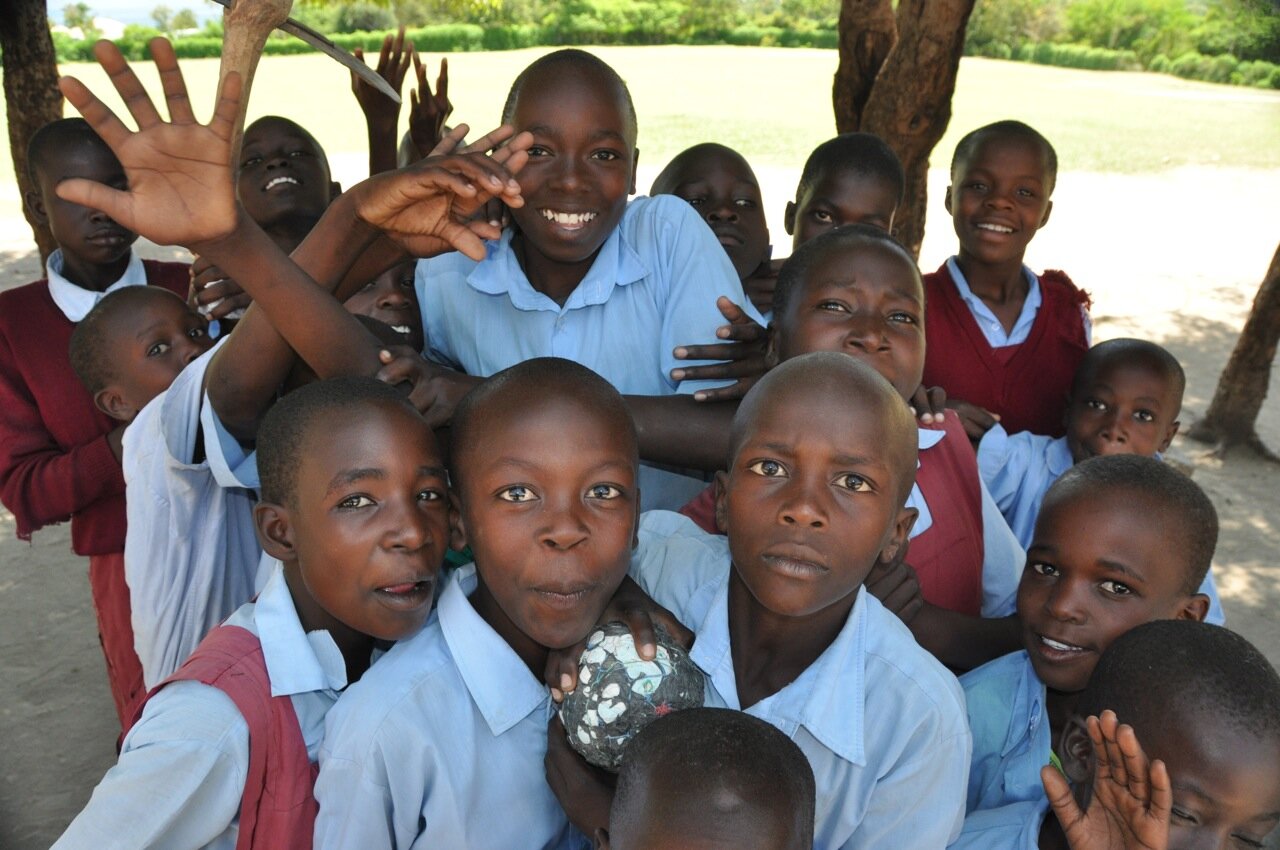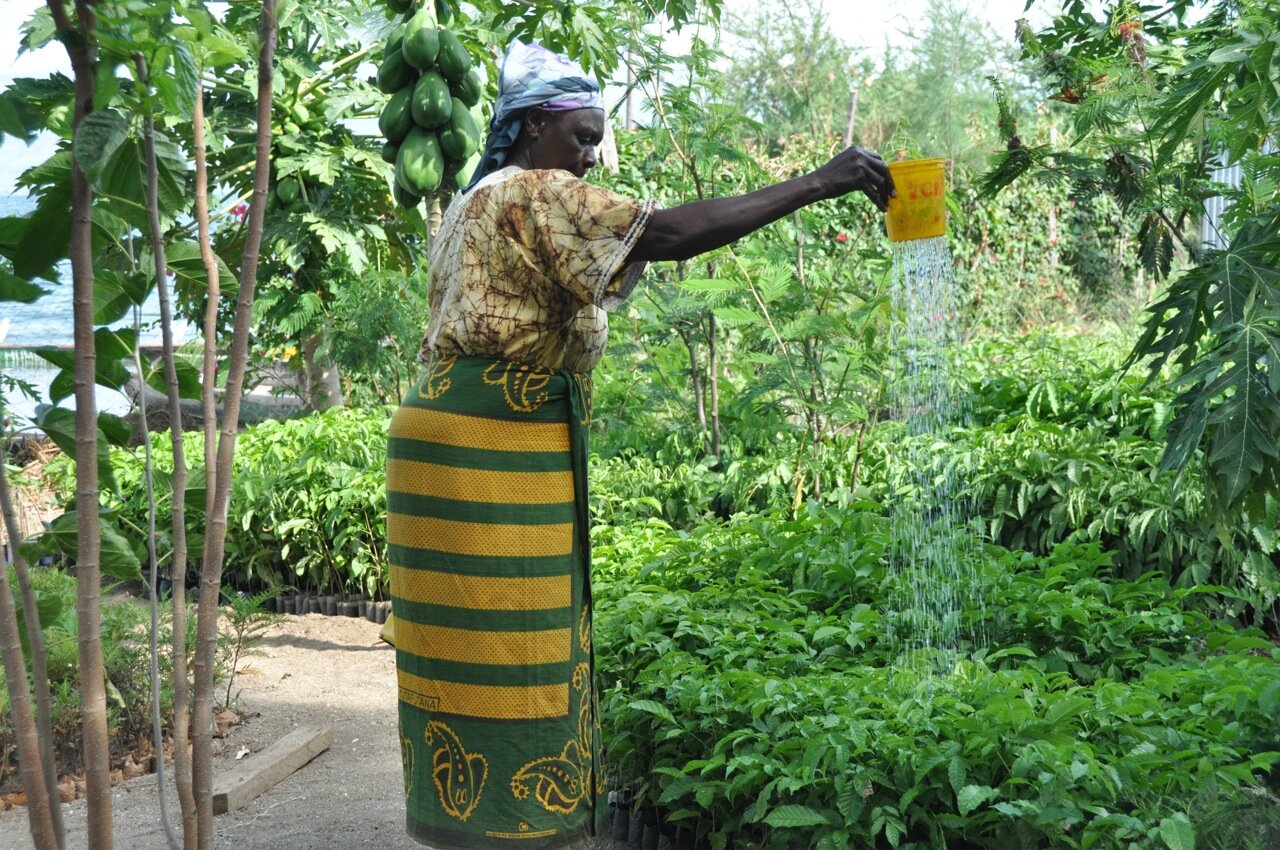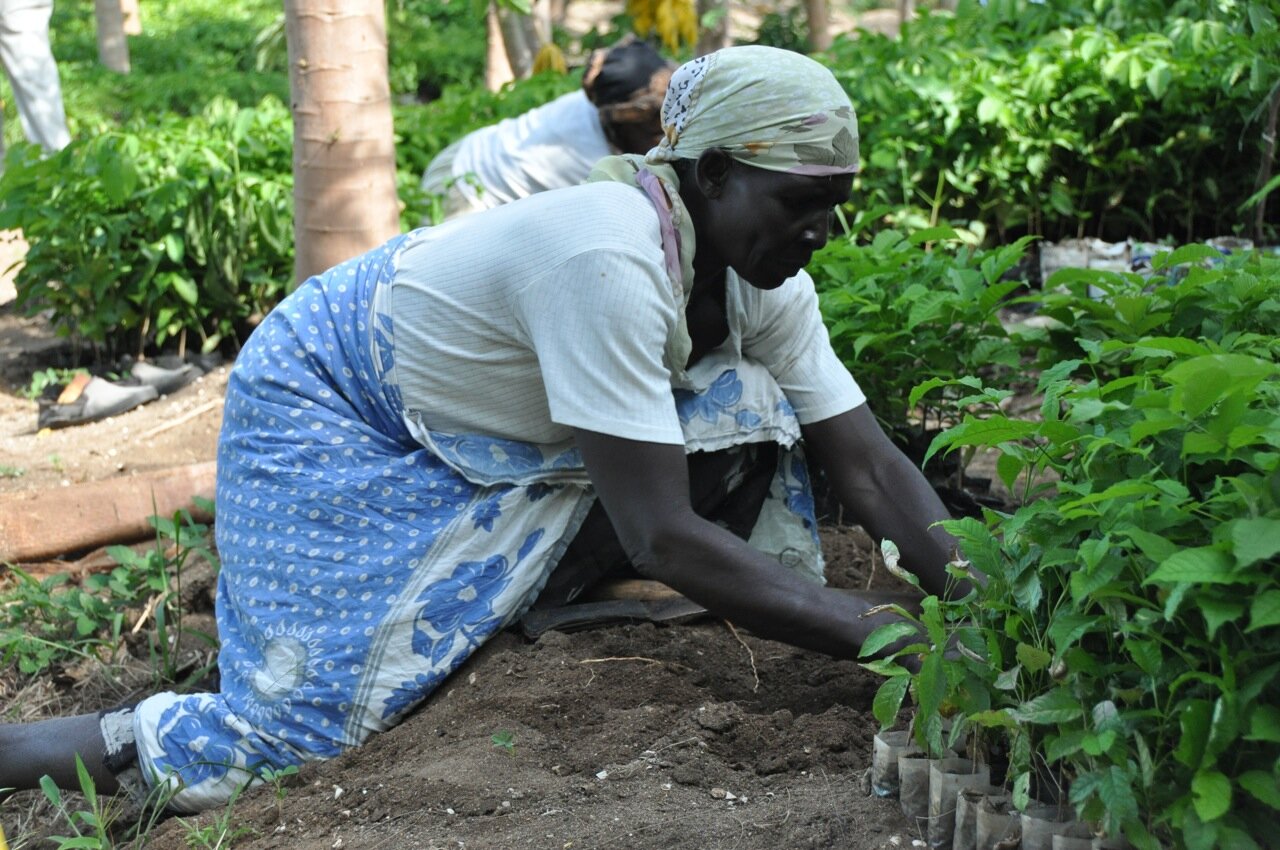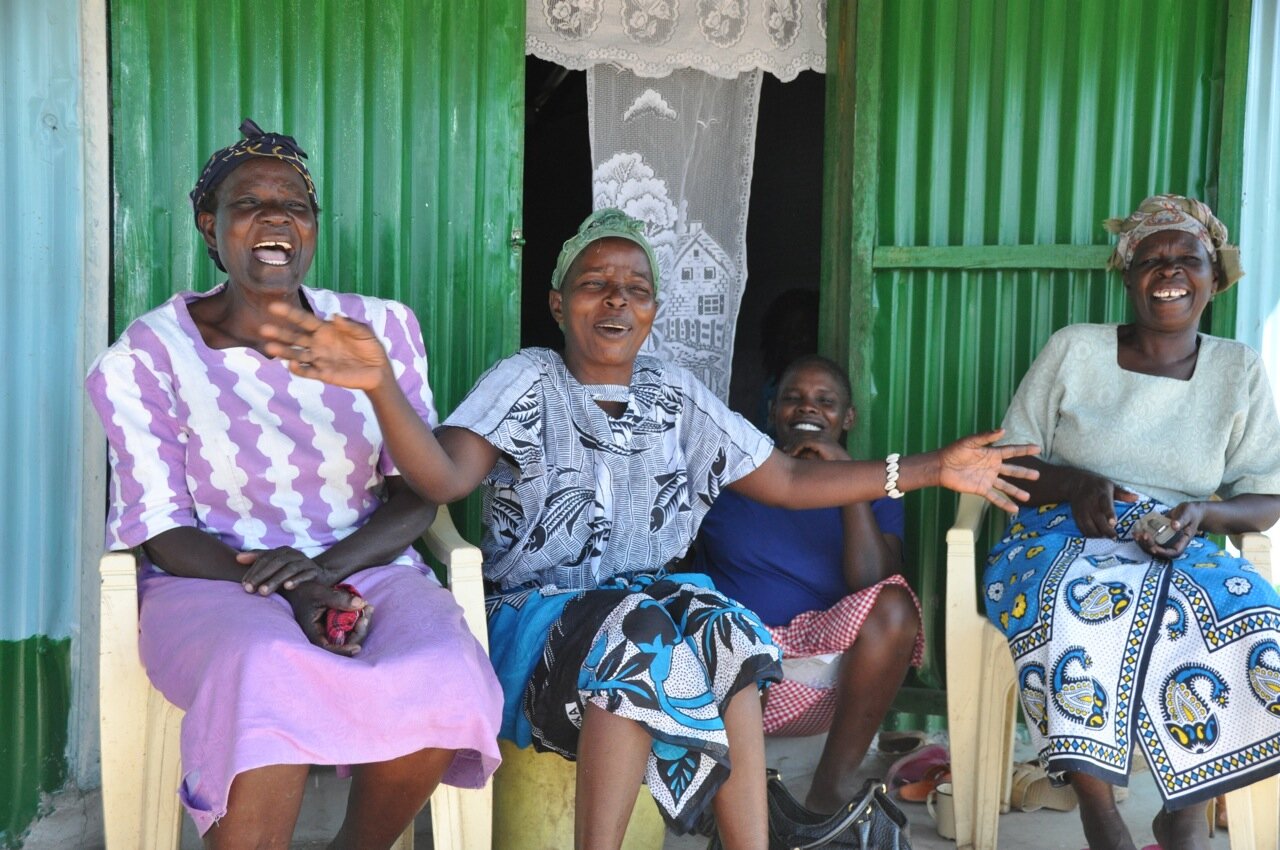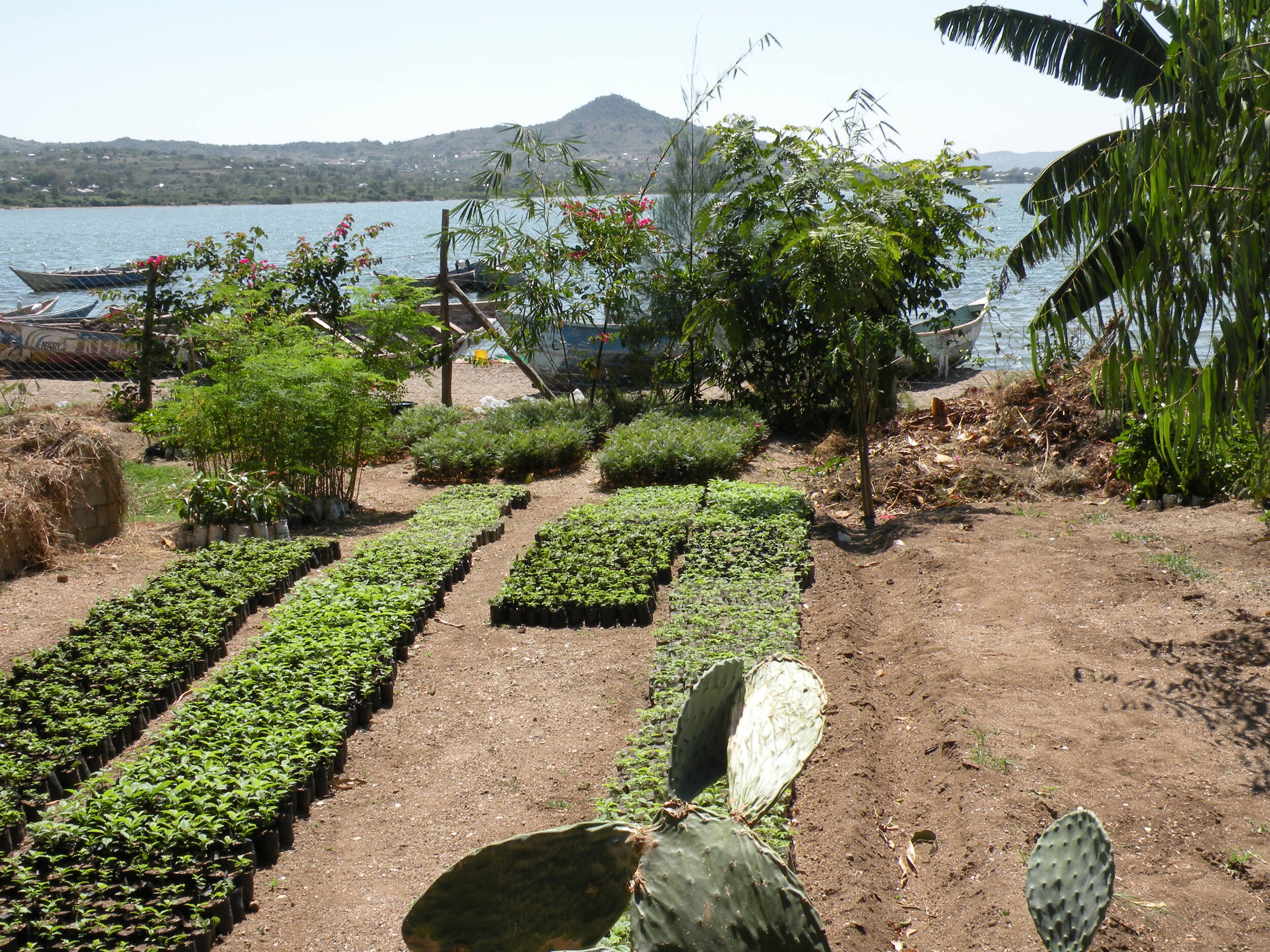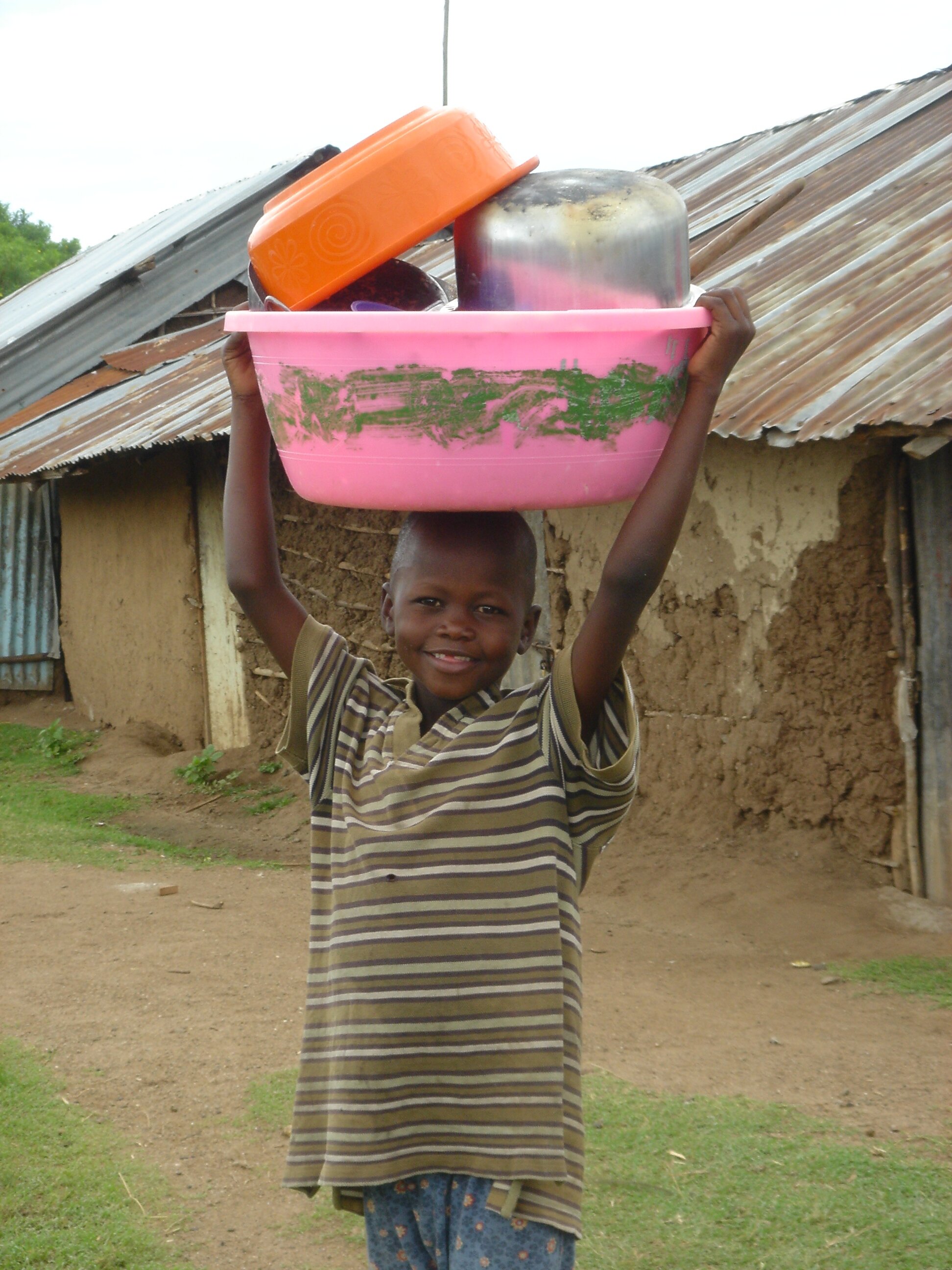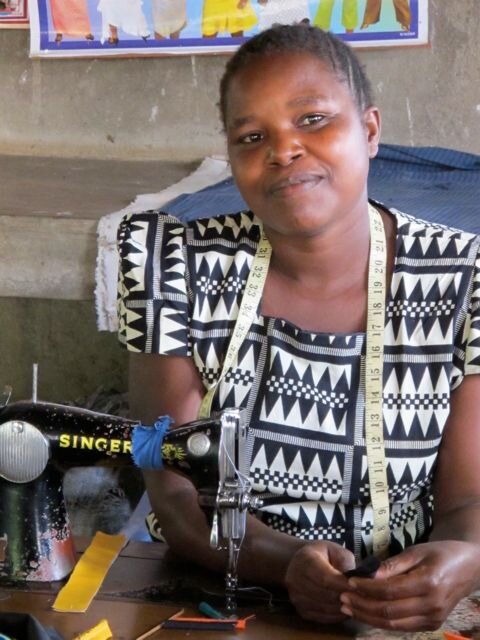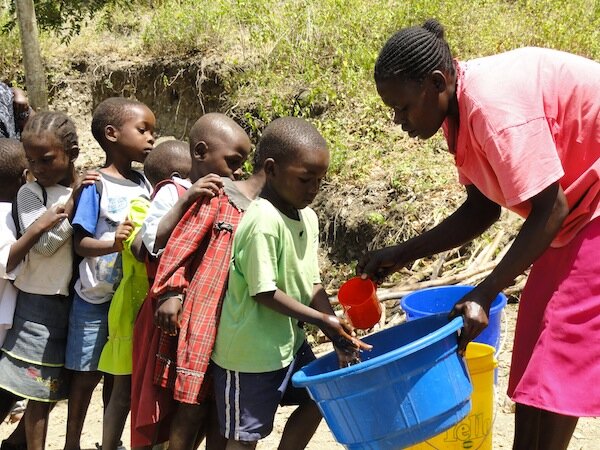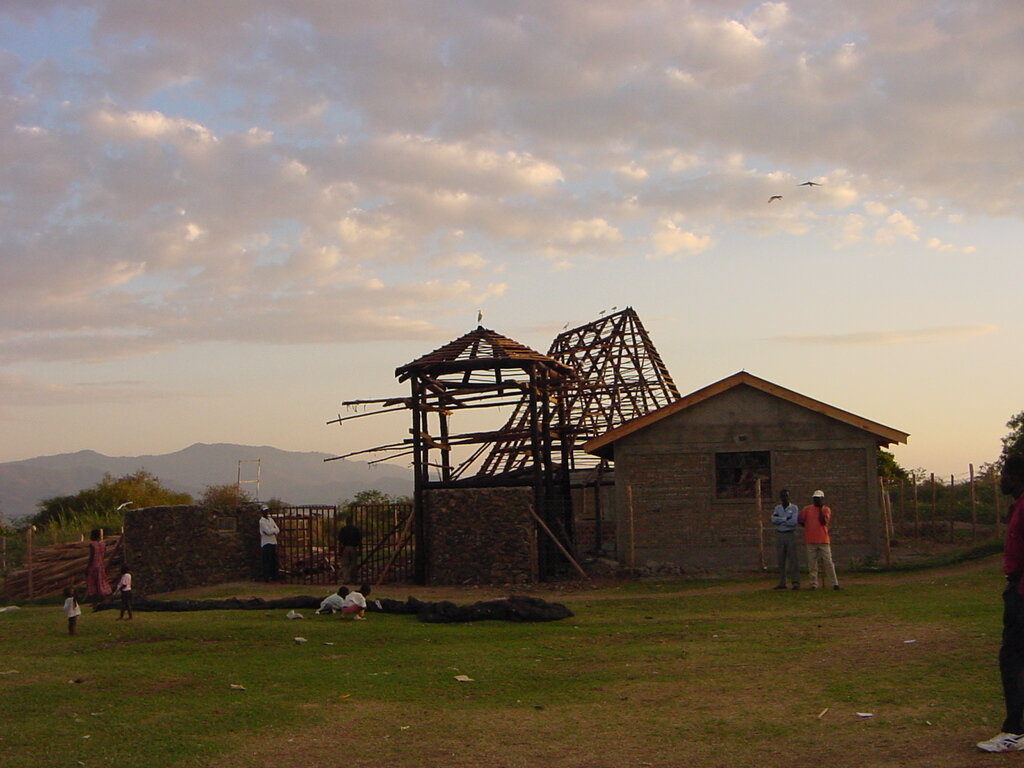where we work
kenya est. 2003
rusinga island, KeNYA
In 2003, the community living on Rusinga Island had no access to modern healthcare, treatments, or vaccines. They were suffering from malaria, pneumonia, typhoid, bilharzia, cholera, and AIDS. At that time, 42% of villagers tested were HIV+. What we witnessed in medical needs just scratched the surface of a larger picture about to unfold.
Lake Victoria, once, a pristine resource for food and water, had been polluted with raw sewage and toxic chemicals, turning their sole economic driver and source for food and clean water into a cesspool. The seasonal fishing industry suffered, leaving 8 in 10 people unemployed. We saw hungry children forage for food, desperate women and girls prostitute themselves in exchange for fish to feed their families and palm trees and foliage stripped bare to be used as a fuel source for cooking.
Inspired to help, we were determined to transform communities suffering from inhumane poverty into places of opportunity and hope. The Kageno Model for community development was born out of seeing the need to fix the interconnected problems the community was facing at the time.
We relied on the consultation of locals, NGOs, and experts in the region to develop solutions based programs to address each developmental problem. Thus, our model was born, addressing the multifaceted needs to create a strong foundation for a thriving society through Education, Healthcare, Conservation, and Economic Development.
What began as a grassroots effort quickly transitioned into a higher impact, more sustainable phase, inspiring us to expand. In 2007, we started working in Banda Village, Rwanda, and in 2008 on Mfangano Island, Kenya.
MFANGANO ISLAND, KENYA
Mfangano, much like Rusinga Island, faced almost identical problems. We began developing our first program on Mfangano Island in 2007, with the creation of St. Fredrick’s nursery school. Our nursery school provides a stable place for many orphaned children to be taught, cared for, fed, and have their health monitored. We were able to create this excellent school with a generous contribution from Todd Gambill, Timothy Watkins, and friends.
As our program on Mfangano expanded, we addressed the more critical needs of the villagers. that including educational programs focused on agriculture, a broader feeding program, providing students, who may otherwise not eat, with two nutritious meals per day, and the addition of a donated healthcare clinic.
LEARN MORE ABOUT OUR APPROACH + IMPACT

